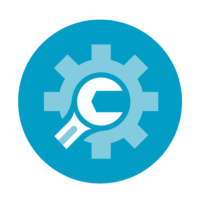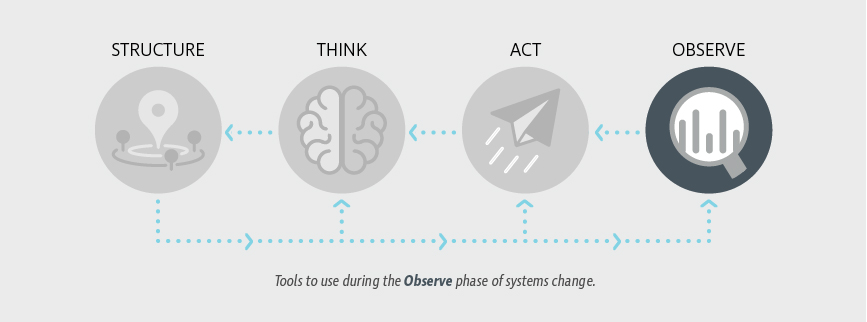Conducting a Labor Market Analysis
This is the process by which relevant labor market information is identified, gathered, assessed, and understood. Labor market information is all data related to employment and the workforce, such as:
 |
| Get the Tool |
- Size and characteristics of the labor market, including the unemployment rate and labor supply and demand.
- Job trends and requirements by industry and occupation.
- Industry size and growth.
- Earnings by industry and wages by occupation.
- Demographic characteristics of the workforce (including educational attainment) by industry and occupation.
- Real-time job posting data.
Using This Tool: Key Questions
Who should use this tool?
Any organization or individual seeking to understand local labor market conditions, particularly local workforce system organizations, employers, workers, and job seekers.
What does this tool help you achieve?
Thorough understanding of the local economic conditions that affect the labor market, such as dominant industries and occupations in a region, available educational pathways, cost-of-living-adjusted wages, and workforce demographics.
When should you use this tool?
Additional Reading
- Career OneStop, a U.S. Department of Labor website with links to state and national career and labor market information offices.
- Racial Dot Map by the University of Virginia, which provides a visualization of selected demographics across the United States by neighborhood.
- Urban Institute’s LMI analysis, which provides data on employment and the workforce.
- U.S. Bureau of Labor Statistics.
Explore Related Tools
Use Data in Systems Change
Review high-level takeaways for using data in systems change and find additional resources for further exploration and application.
Go to Use Data in Systems ChangeConduct Effective Focus Groups
Review high-level guidance on how to run a focus group and gather applicable insights.
Go to Conduct Effective Focus GroupsFacilitate Successfully
Review guidance on successful facilitation of meetings, particularly virtual meetings.
Go to Facilitate SuccessfullyAchieve Consensus
See an approach to collaborative decision-making that is just and equitable.
Go to Achieve ConsensusUnderstand the Story Behind the Data
Understand contributing and restricting factors for any given data trend.
Go to Understand the Story Behind the Data
